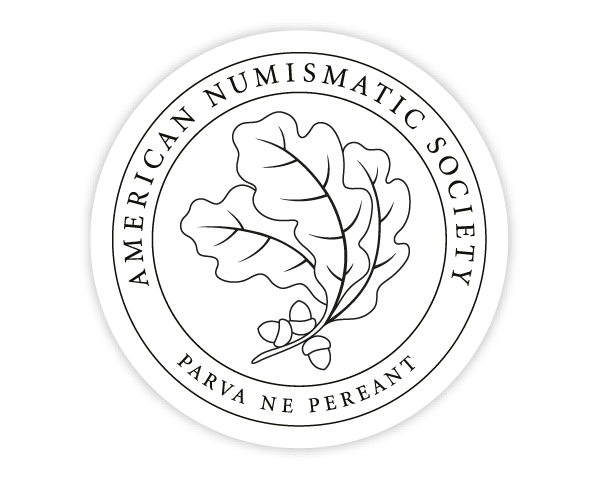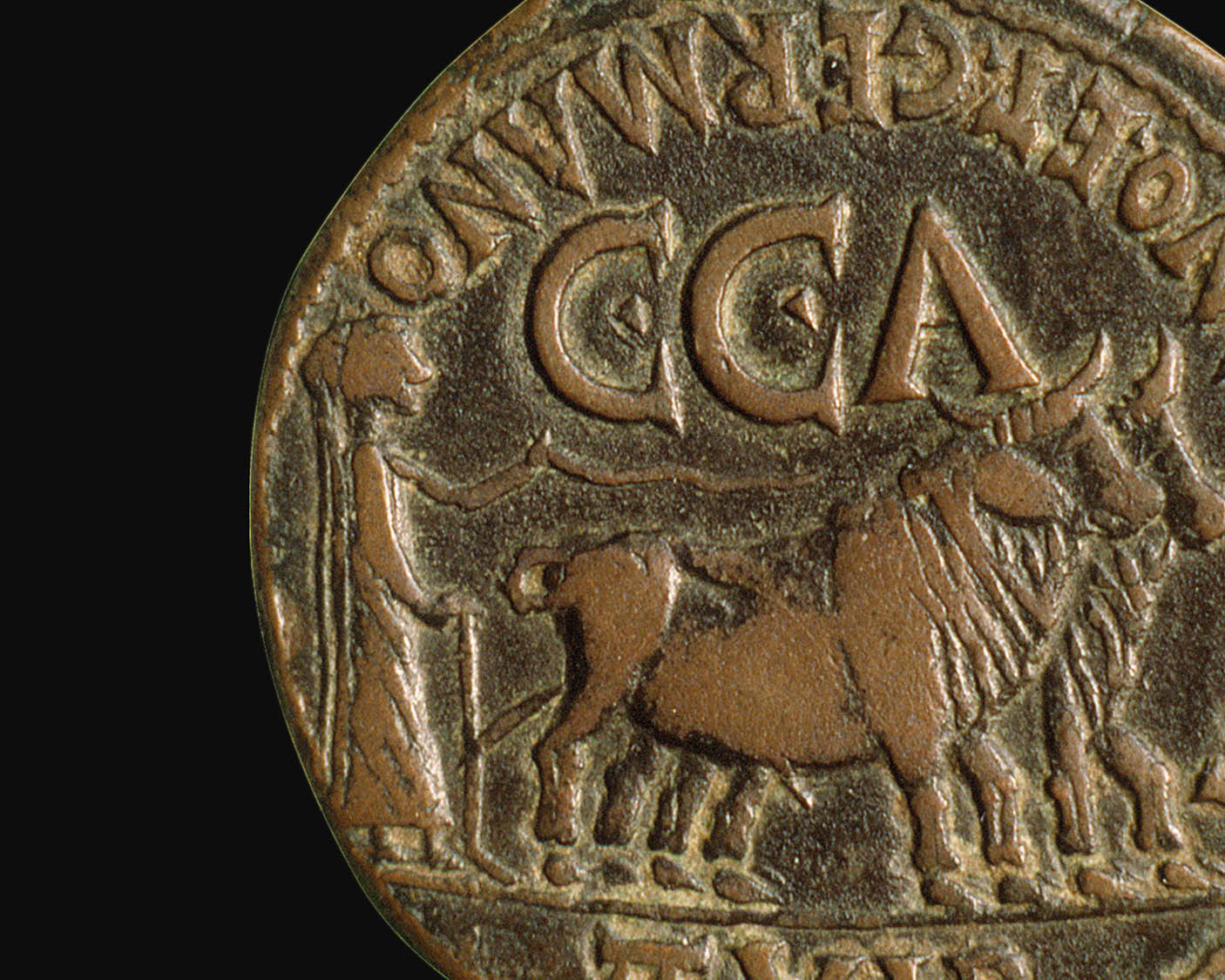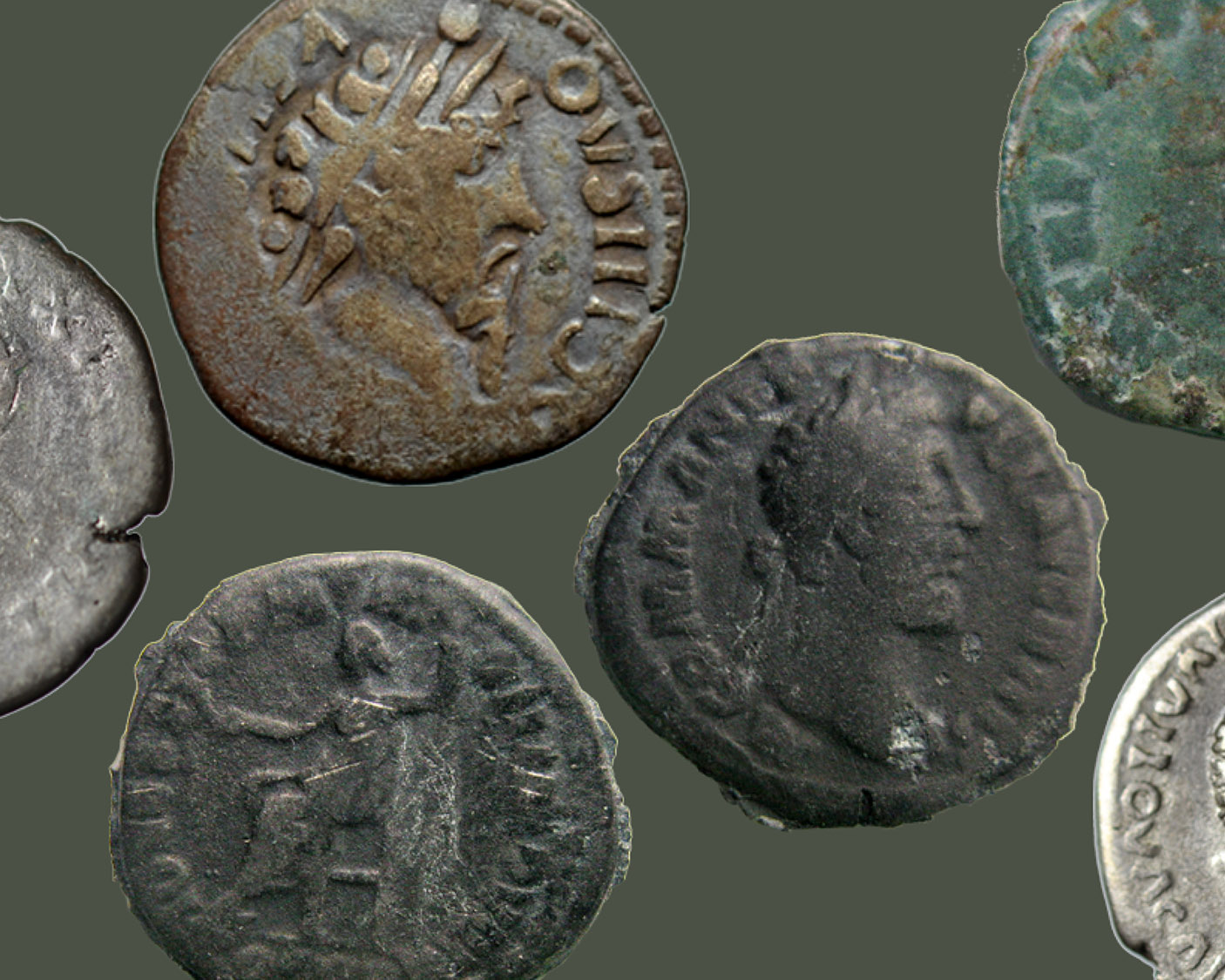The Art of the Medal
Return to Drachmas, Dubloons, and Dollars homepage
Medal making first appeared as an independent art form in 15th century Europe. As with coins, medals are two-sided metal objects-although without monetary function. However, their origins and development are closely tied to coinage.
During the Renaissance, in the 15th and 16th centuries, people rediscovered Roman antiquities, including coins. Inspired by their beauty, especially their use in portraiture, artists began to make medals that often showed the portraits of the great Italian rulers. Usually, medals were issued to commemorate significant events, such as weddings or victories in battle. However, early medalists were already using the medium for satirical comment and, by the late 19th century, artists used medals to express their criticism of current political events or social problems. The popularity of medals lay in the sturdy nature of these metal objects, which were frequently given as personalized gifts that allowed people, organizations or governments to represent themselves through a small-scale and relatively inexpensive art form. Medals were cast in gold as well as lesser metals, as determined by the recipient’s rank.
By the late 18th century, medals were used by the U.S. and foreign governments to improve their relations with the Native American population. By the early 20th century, an America Renaissance of sorts led many famous sculptors to the art of medal-making. The contributions of Saint-Gaudens and other artists to medallic artistry also had a long-lasting effect on the coinage of the United States.
Renaissance Medals
In 15th century Italy, the medal emerged as a new art form. Its origins are much debated. It is certain that ancient coins and their portraits of Roman emperors inspired Renaissance artists to produce the first medals. The development of the portrait as an art form is closely interlinked with early history of medals.
Pisanello (c.1395-1455) was the first artist to produce medals. Working in northern Italy as painter and sculptor, he created true portrait medals of many Renaissance rulers. This piece commemorates the marriage of Lionello d’Este to Maria of Aragon in April 1444.
This gold medal, attributed to Candida, celebrates the marriage of Holy Roman Emperor Maximilian I to Mary of Burgundy in 1477. By marrying the exceedingly wealthy daughter of Charles the bold, Duke of Burgundy, Maximilian greatly increased his influence in the Holy Roman Empire.
This fine example of German Renaissance art shows a portrait of the German reformist Martin Luther. The portrait bears a striking resemblance to a famous engraving by Lucas Cranach (1521), which also shows Luther in his doctoral hat.
Both sides of this medal from late 16th century England depict the route of Sir Francis Drake’s circumnavigation of the globe in 1577. Drake was a privateer hired to plunder Spanish ships and territories, and the first Englishman to sail around the world.
The Dutch medalist Nicholas-Gabriel Jacquet created this medal celebrating the victory of the Protestant forces over the Catholic Spanish Armada in 1588. The legend “veni-vide-vive” (“come-see-live”) is a pun on the famous saying attributed to Julius Caesar, “veni,vidi,vici” (I came, I saw, I conquered”).
Medals in the 19th Century
Under the emperor Napoleon I of France, medals took on a new life. The Roman Empire served as a major source of inspiration, and medals in a neoclassical style chronicled events of the age. Exhibitions where medals and other artworks were shown helped to make artists known to a wider public. Towards the end of the century, art nouveau and social realism influenced medallic design.
This gigantic medal by the Italian artist Pistrucci was too large to be struck and only exists in electrotypes. It shows the victors of the battle of Waterloo (1815) where Napoleon was defeated: George IV of England, Francis II of Austria, Alexander I of Russia and Frederick Wilhelm III of Prussia.
These small medallettes commemorate every British victory over Napoleon between 1808 and 1814. They are kept in a modified shell casing.
In 1815, Congress awarded Andrew Jackson this gold medal for his extraordinary victory over the British troops. It was given to the American Numismatic Society by a collector who had acquired it in a pawnshop.
Papal medal of Pius IX, commemorating the consecration of San Paolo fuori le Mura in Rome in 1854 following its rebuilding. The original church was destroyed by fire in 1826. Such architectural medals, popular in the Renaissance, were taken to new heights in the 19th century.
On this medal, Alexandre Charpentier (1856-1909) shows masons shifting blocks of stone. It does not commemorate a particular person or event. As in paintings and other art forms of the time, social realism was expressed on medals by showing ordinary people at work.
Medals in the 20th Century
World War I and its bloody battles in the trenches of northern France dramatically altered the perception of war. The enormous number of casualties and the war machinery provided artists with a repertoire of new images. German expressionist artists created a different style of medals in open rejection of the elegant style common in the early 20th century.
This medal by S. Kinsburger illustrates a traditional view of the Battle of the Marne in 1914. Soldiers, armed with rifles and swords, are led into battle by a personification of Victory. The decorative scene is far removed from the horrors of war and focuses on the end result: success. 1916.189.10
The German Ludwig Gries gives a complex and ultimately biased interpretation if the United States’ involvement in World War I. The image on this medal of 1917 shows the skyline of Manhattan behind a large swimming monster carrying ammunition and eating coins. The United States, neutral until 1917, is symbolically accused of taking sides by financing the war effort of the allies.
Indian Peace Medals
Peace medals played a significant role in relation between the U.S. government and the Native American population. Following the British and French practice of handing out silver medals to tribal chiefs, Washington—and all presidents until the 1880s—presented medals to important Native American dignitaries when treaties were signed or on other important occasions. The medals were often produced in different sizes according to the rank of the recipients.
This large Washington medal of 1793 shows the president shaking hands with a tribal chief. In the background is a common motif—a man ploughing, supposedly signifying the “civilized” way of life that contact with Western Europeans provided.
This 1801 Jefferson medal shows two hands, with a tomahawk and a pipe, and the legend “Peace and Friendship.” Lewis and Clark took many Jefferson medals, issued in three sizes, on their famous expedition in 1804. They documented many of the formal ceremonies at which these medals were presented to the tribes they encountered.
This unique medal shows the extraordinary scene of the rescue of a young woman from ritual sacrifice. In the spring of 1817, Pitalesharu, one of the chiefs of the Pawnee, rescued a Comanche girl. Opposed to the ritual practice himself, he secretly cut the girl loose and fled with her to her own tribe. Pitalesharu’s deed became the talk of Washington, and inspired the young ladies of Miss White’s Seminary to present a medal to the chief.
The Abraham Lincoln Peace Medal contrasts what was perceived as the Native American way of life with that of the settlers. A rural scene shows a man ploughing. The background depicts people playing baseball in front of a house and a church with a graveyard. Baseball had become popular in the 1850s and 1860s, but it is surprising to find it on a U.S. government medal.
Some Native American chiefs regarded peace medals as charms with supernatural powers. This medal was worn in 1873 by a Ute chief in Colorado. He was hit by a bullet in a fight with another tribe. The bullet hit the medal, where it is still lodged today, and thus saved his life. Because the medal had not kept the bullet from striking him, he disposed of it.
Saint-Gaudens and the Art of the Medal
The work of the famed American sculptor Augustus Saint-Gaudens (1848-1907) includes public statues, private portraits, medals and numismatic designs. He had a rancorous relationship with the U.S. Mint as his designs were usually modified or rejected. Just before his death, however, Saint-Gaudens undertook the redesign of the 20 dollar “double eagle” and the result can be seen in case 18.
The portrait of Washington on this medal commemorating the presidential inauguration in 1789 offers a different perspective on the great leader. Augustus Saint-Gaudens, a great admirer of Pisanello’s work (see Group A), modeled this image on Renaissance portraits. The first president wears a continental coat and lace-shirt; behind him is a bundle of rods (known as the fasces), a traditional Roman symbol of power.
Saint-Gaudens’ 1892 design for the 400th anniversary of Columbus’s landing in America led to one of the most controversial pieces in U.S. medallic history. The artist chose the figure of Columbus for the obverse side of the medal. The reverse, shown here, depicts a nude youth with a torch and three wreaths. Presumably because of its nudity, the design was rejected and replaced by a less controversial image.
Return to Drachmas, Dubloons, and Dollars homepage
Other pages of the exhibit:
[posts_grid columns=”4″ rows=”6″ order_by=”date” order=”ASC” meta=”no” link=”yes” category=”DrachmasDubloonsDollars”]





